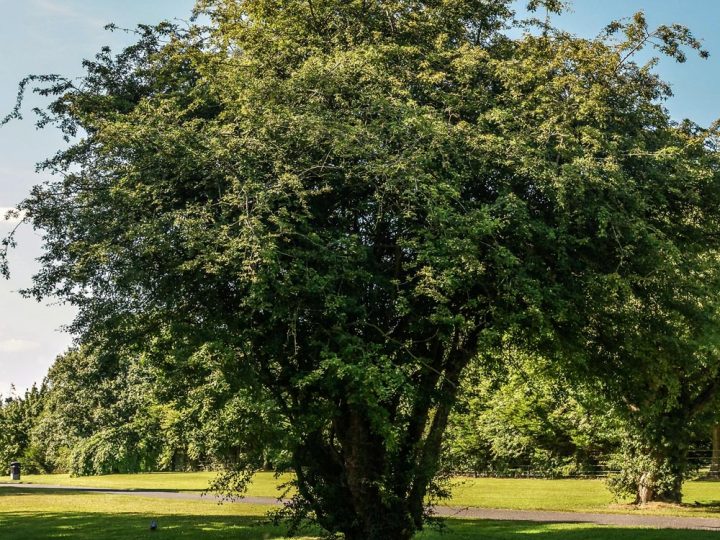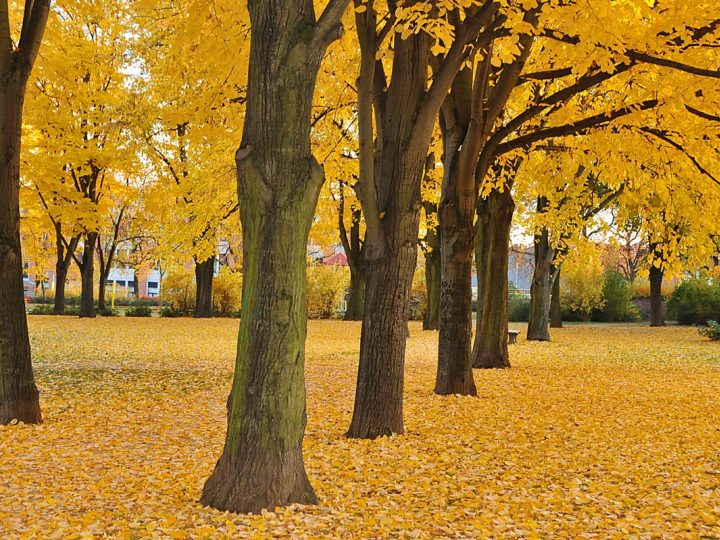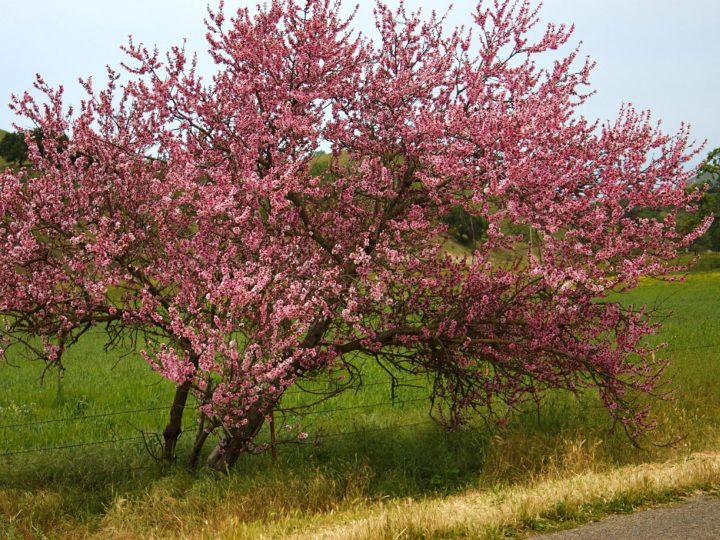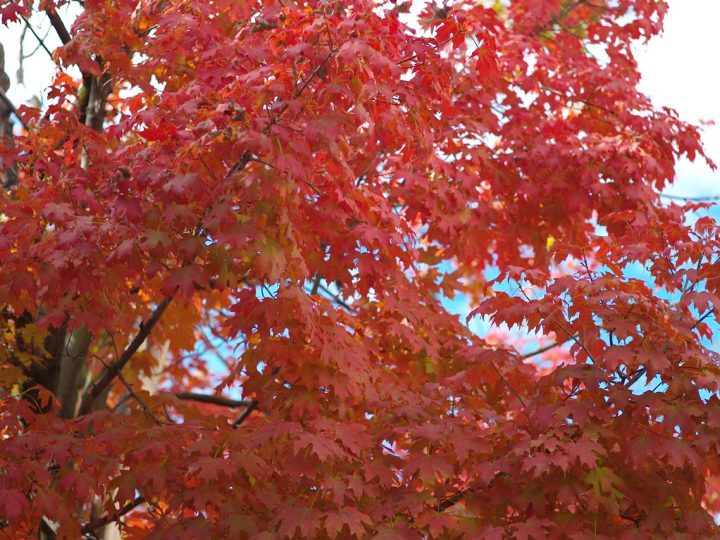
Shade Maker
Neighborhood-friendly tapestry of small and large trees reduces mowing maintenance and creates energy savings.
Cost
People
Upkeep
Experience
Stormwater
Sun/Shade
The Shade Maker offers a neighborhood-friendly tapestry of small and large trees. In time, these trees will grow into a dense canopy, reducing lot maintenance needs by ‘shading out’ the understory plant growth. Eventually, the need for mowing will decrease. The shade of the Shade Maker will also screen windows and cool houses during the summer months, creating savings on household energy costs.
As they reach maturity, trees planted on the west side of a house can reduce summertime electricity use by up to 30 percent. Whether you are interested in reduced lot maintenance or in household energy savings, the Shade Maker offers a unique forest. In time, this lot design will create a new ecosystem for a variety of plants and animals in Detroit.
Ideal Location: Residential or commercial site lot in part sun to shade.
Lot Type
Special Lot Condition
DFC 20 Year Land Use Area
Cost
The Shade Maker is a higher priced lot design. The price is estimated based on the cost of planting one and a half inch diameter trees and utilizing volunteer labor. The cost of the Shade Maker will depend entirely on the size of the trees you plant. You can plant smaller trees to save money, or start with a few trees and add more each planting season. Remember, the larger the tree, the more shade it makes!
Habitat Benefits
Other Benefits
Green Infrastructure
Trees provide multiple benefits to every neighborhood, including their ability to soak up water during storm events. With time, the benefits of planting a tree only increase. This lot design includes a mix of species to ensure resilience.
Vegetation and Visibility
The tree trunk spacing of this lot design creates clear visibility from the street to the alley. It is possible to see through this forested lot.
Falling Hazard
The Shade Maker includes trees, however, if you follow the design specifications, all trees are located to ensure that basement root intrusion and potential falling hazards do not occur, and that the City’s plan review requirements are followed. Unmaintained trees create a hazard to neighboring structures. Consider if your Shade Maker might block any daylight—we’ve located smaller trees in locations to allow light into first floor windows. We recommend working with a certified arborist as your trees mature. Please note the trees on the plan are shown at a mature spread. All trees specified will fit within your lot boundaries and have been situated to prevent basement intrusion.
Lifespan
Planting Type
Most Interesting Season
Other Consideration
Build
Installing the Shade Maker will make for a fun and rewarding weekend with your friends, family or neighbors. The construction process should not require professional assistance if you, with the help and support of others, would like to build this design. Please refer to the Step-By-Step section for guidance. The installation process does not require any special, mechanized equipment. The most strenuous activity will be finding and transporting the trees, as well as digging the holes for trees. The Field Guide recommends having access to a car or vehicle for transporting your plants. Always hire a professional if you are not up for the challenge, but remember, this will increase your costs. The Shade Maker works well on multiple lots—all the more reason to include your friends and neighbors in this project. Your group may also decide to build the Shade Maker over a series of weekends or seasons, completing one lot (or tree) at a time through a phased or incremental approach.
NOTE: The older and larger the trees you plant, the more the Field Guide recommends speaking with a professional or an educational group to ensure a safe transition from their previous home to your lot. In some ways trees are like people – the older they are, the longer it can take to adjust to a big change, like moving across town.
Build Time Estimate
Ten hands or less! With the help of friends, family or neighbors, this project could be completed in a weekend. The Field Guide assumes the lot is ‘construction ready,’ and all equipment and materials required for the lot design have been acquired and are ready to use.
Build Difficulty
Number of People Needed
Neighbor Labor
Time Taken to Build
Build Season
Transportation Intensity
Permit Requirements
Upkeep
The Shade Maker is a low maintenance lot design. Upkeep includes watering newly planted trees, particularly during times of drought and excess heat. Trees must be watered regularly during the first year- plan to water weekly or as needed.
Plan ahead and remember to think about where and how you will access water for the next month!
The Field Guide recommends connecting with an arborist or taking a workshop on tree health and maintenance. The Greening of Detroit offers a great Citizen Forester program to interested residents.
Seasonal Upkeep Levels
- Spring: Low
- Summer: Low
- Fall: Low
- Winter: Low









